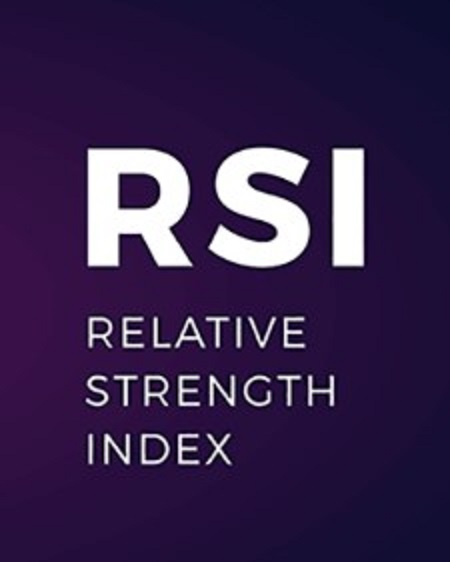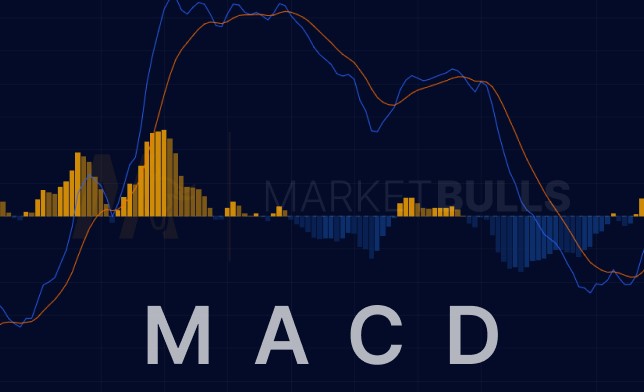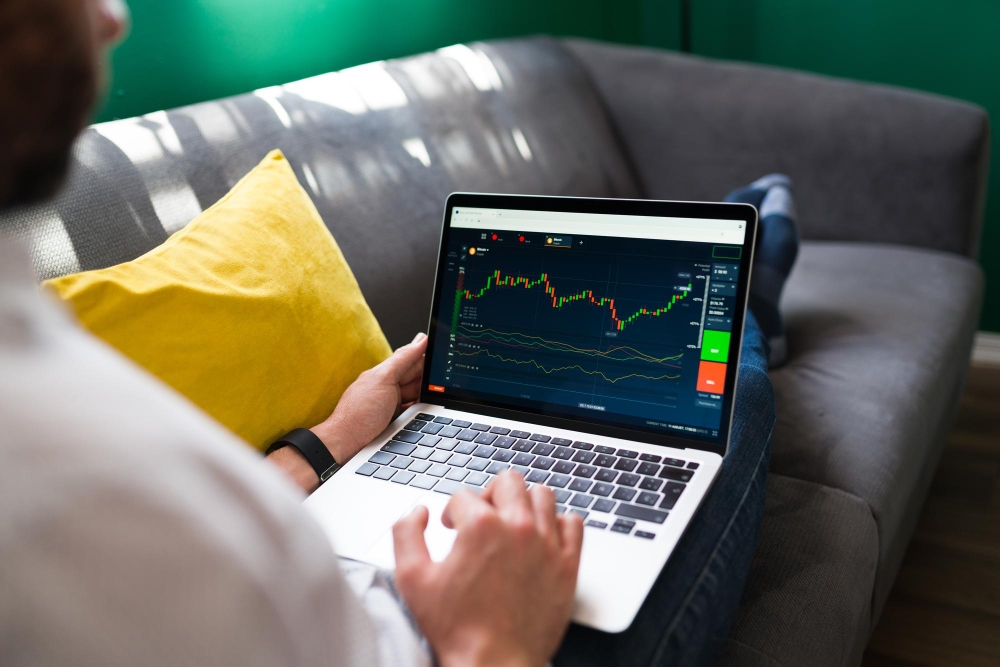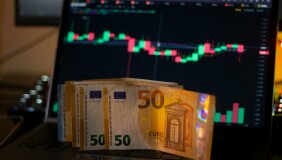
There are multiple factors which influence the price of an asset, but let’s take a closer look at the Market Sentiment – one of the most important factors in trading which can both help and disorient an investor.
Definition
General definition of the market sentiment contains an opinion of the trading participants. To be more specific, an investor’s human factor which is applied to the existing situation on the market. The overall opinion of the investors can be: bullish, also known as negative or bearish, the so-called positive. Main difference between technical analysis and market sentiment is the fundamental base of each one because market sentiment fully depends on the emotional side of the trading.

It has several influencing factors which also directly affects on the opinion state such as:
- Releases of the economic data.
- Changes within the interest rates which are ruled by central banks.
- Worldwide events.
- Rumors, speculations. Even a small talk can grow out to be a significantly impactful factor.
- Global risk appetite.
One of the key examples: the Forex market that strongly depends on this influencer due to the impact which is created by the events throughout the world.
Working principles
It is not a secret that the overall participant opinion can potentially directly affect any price change. There are several main reasons for the market sentiment to evolve and constantly change:
- Emotional reaction. Crucially, the mood and the amount of intensity directly affects this economic factor. Existing improvements or occasional troubles can impact on the people’s opinion on the current situation. For instance, a positive mood swing can increase the amount of buying within the market and, conversely, a negative mood can drastically decrease the desire to buy assets. In case of negativity, participants tend to sell more of the assets just to ensure they won’t have any losses.

- Joint trading. It is a widely accepted fact that people usually follow the majority and trading is not an exception. Market players can have similar opinions on several questions which leads to the trend creation: when a huge group of people tends to buy the asset it attracts new participants to join the stream. This factor also has a disadvantage – the real price can strongly differ from the expectations of the investors and a temporary growth of the value. It leads to the possible price reversal.
- Cost fluctuations during a short-time period. Multiple movements within a small time window can be caused by the overall opinion too. Speculations, especially, can affect the price. For instance, people tend to buy more currency due to several events which occur within the economical field, such as a decrease of interest rates. Such actions can lead to the price rising for a short period of time.
If a trader analyzes the market sentiment well enough – he can gain the profit by making right predictions which includes the overall mood of the trading field.
Indicators
There are several ways to measure the market sentiment. However, it is not a one, but three groups of the indicators which contains a variety of tools to calculate it:
- Technical.
- Survey-Based.
- Volatility.
Let’s review each one individually.
Technical indicators
This is a much more calculated approach due to its scientific basis. There are multiple ways to measure the market sentiment – here are the most common choices of these indicators:
- Relative Strength Indicator (RSI). It is an oscillator which is used to measure the valuation movement and the speed of it. More specifically, this tool helps to identify the overbought and oversold condition of the observable asset. If the values within the RSI rise higher than 70 – it is the sign of the market’s overbought condition which later will be followed by the movement reversal. If the values drop lower than 30 – it is an indication of the oversold condition which precedes the reversal.

- Moving Average Convergence Divergence (MACD). This is a technical instrument which investigates the relationship between two MAs that follows the price changes. MACD determines the current trend: bullish is confirmed if the MACD line rises up enough to move higher than the signal line, bearish is confirmed if it drops lower than this line.

- Bollinger Bands. This indicator is used to identify potential changes of the market sentiment. It is achieved by calculating the volatility of a currency pair: bullish indications occur when the cost of the asset rises towards the higher band. Conversely, bearish indications are confirmed when it decreases and drops down to the lower band direction.

Survey-Based indicators
This is a group of instruments which are directed towards the existing mood of the investors. By reviewing the existing opinions on the current market state. Here are several indicators of this group:
- Commitment of Traders (COT) Report. It is a weekly report which contains the information about net positions of multiple traders: institutional and retail. The Commodity Futures Trading Commission is responsible for this data. There are two possible conclusions from the readings: high quantity of short-term positions means that the current market sentiment may be in a negative state. On the other hand, increased numbers of the long-term holdings stand for a possible positive direction of the existing market mood.
- AII Investor Sentiment Survey. It is a method to investigate both individual traders and larger markets: it contains the amount of data which is enough to identify whether the current sentiment is positive or negative. And if one of the determined market sentiment moves toward one direction too much, it may precede the possible reversals.
Volatility Indicators
It is a specific group of instruments which are created to investigate the market fluctuations and the amount of influence it can have on the traders which can be scared of the price future due to high levels of the volatility. Here are two most-commonly used indicators of this group:
- Volatility Index (VIX). It is a unique tool which indicates the opinion of the investors on the possible levels of the volatility. If market participants are horrified by the potential future of the volatility, VIX will show high values. In case of values being low, the existing market sentiment is probably in a positive state.

- Put/Call Ratio. By utilizing it, traders can determine the quantity of both put and call options (bearish and bullish, relatively) which are currently available. Low ratio of this instrument may indicate the prevailing bullish mood and, conversely, high levels of it stand for bearish intentions.

Executed functions within the Forex trading
Market sentiment is one of the most crucial factors which directly impacts on the trading patterns. However, most importantly, on the market itself. In case of forex trading, there are several functions that are executed by defining the market sentiment:
- Trend determining.
- Identifying best trading timings.
- Managing the risk.
- Contrarian trading.
- Actions within short time periods.
Let’s analyze each of them one by one.
Determining the trend
It is not a secret that the mood of the market participants directly influences the tendencies of the trading. When it is considered to be positive, people involve themselves in investing with good expectations. It leads prices to increase. Same principle applies at the time of the negative mood: more traders look for possible selling in the nearest future which is followed by the valuation decrease.

The key to gaining profit from this is in a successful perception of the existing sentiment: an experienced investor must gather all facts in a one big picture that describes the positive/negative intentions of people. News, readings from economic tools which are available for the whole field of traders – it continues on to build up into the sentiment.
Predicting optimal trading timing
Another way to assist the strategy is to predict the best possible buying and selling timings by investigating the direction of the tendencies and the reasons behind it, including the market sentiment. It works like an advantage, if the gathered knowledge is interpreted in the right way.
An ability to prepare yourself for the possible reversal in the future by analyzing the market sentiment can help the investor to predetermine entry and exit points which leads him to maximize the potential profit from the price movements.
Risk Management
The next part of the features it provides the trader with is the ability to adapt the strategy to unstable conditions of the price.

Reducing the risk is one of the key factors of being able to save the portfolio from potential losses by selling a certain part of the ownings to adjust the trading pattern to the existing market overbought condition. Conversely, the oversold condition is overplayed by buying enough to adapt the portfolio to the general changes which occur at the time of this asset’s state.
Contrarian trading
A lot of investors use a different way to achieve the reward: by staking against the current market sentiment. For example, if the existing tendency and the dominating mood is too strong then the trader will bet on the opposite direction of the movement. This principle works vice versa: during both positive and negative intentions within the economic field.
Short-term action
Price fluctuations or impulsive changes are often called by the mood of the investors. If the trader correctly identifies the reasons behind such changes, he may increase their owning assets significantly.

Short-term price swings are frequently driven by sentiment, even when fundamental issues may impact long-term trends. Traders can take advantage of these brief fluctuations for rapid gains if they can promptly gauge changes in market mood.
Limitations
Despite having several benefits it has certain drawbacks because the prevailing mood of fear and greed can lead to misguidance in adjusting the investments.
The key to maintaining a stable financial portfolio is to include all technical factors together with the market sentiment. As a result, an investor may be able to avoid false trading signals and improve the existing strategy with several adjustments.
Summary
Market sentiment is a great advisor to the experienced investor: detailed analysis of the people’s intentions together with the data which is received from technical indicators can create a sustainable trading strategy.

It is crucial to pay attention to even the smallest details, because short-term price changes can be the reason to enter or exit the trade and profit or save the portfolio that the investor has.











